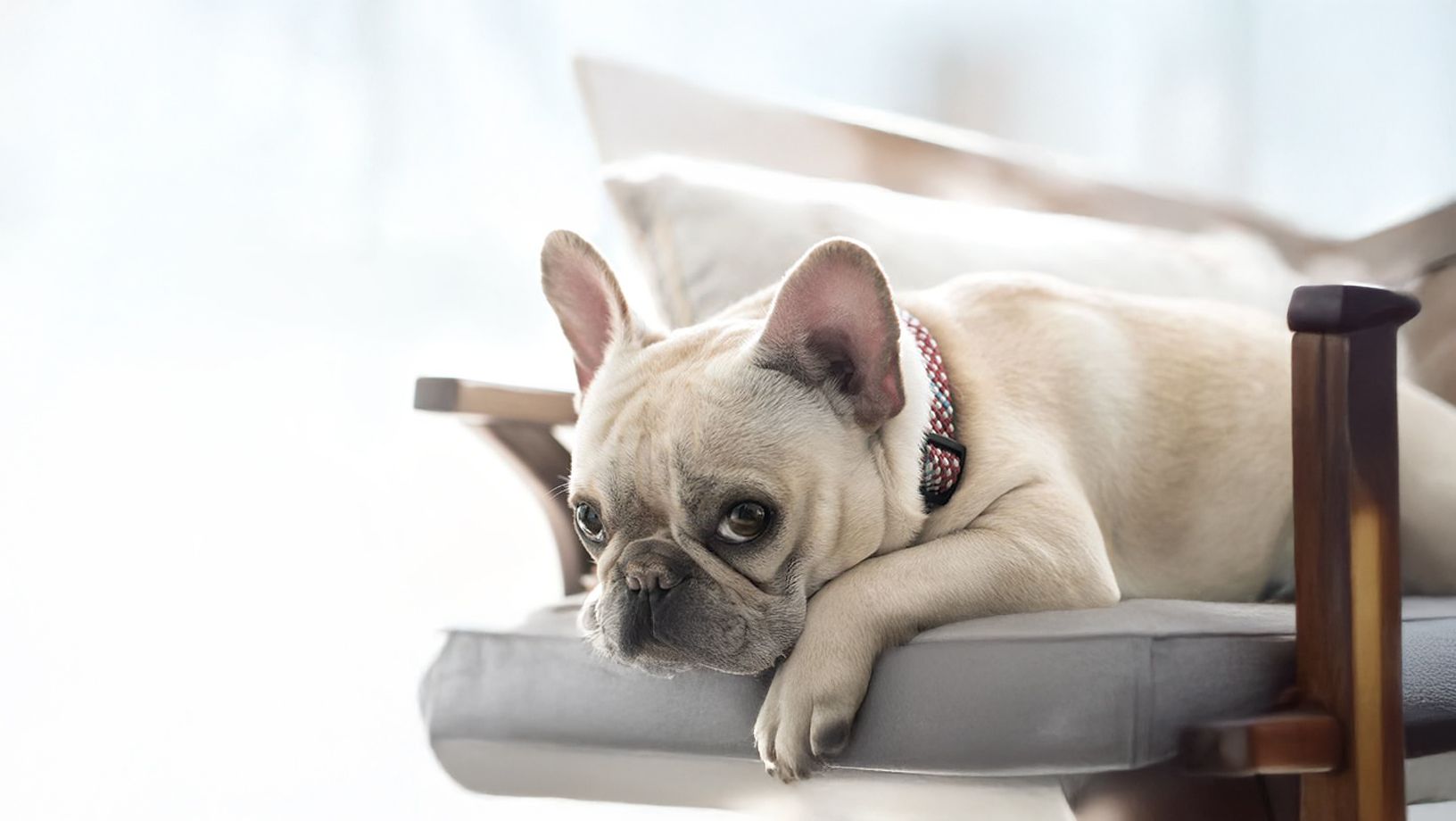Minimize Separation Anxiety During Extended Stays at Home

In this Article
Getting stuck at home can be a great excuse to spend more time with your dog. However, once your stay has come to an end, don’t expect your dog to be happy about you going back to work or spending longer periods of time away. They may not understand why, all of the sudden, you are leaving again. While you’re away, they may begin to show signs of distress, like barking and destructive chewing, and even have potty accidents or episodes of self-harm. These signs can be caused from Isolation Distress (ID) or Separation Anxiety (SA).
Dogs with ID show distress while alone. Their symptoms subside as long as someone is with them. They are not particular as to who. They may even be fine with another dog or animal in the home with them.
Dogs with SA show distress when one particular person is gone. They could be home with others in the family but still show symptoms of SA.
Seeing dogs with ID or SA is heartbreaking. We recommend consulting with your veterinarian for help. And there are also some measures you can take at home to help prevent the onset of ID and SA. Here are some tips to try during your extended home stay:
- Keep a schedule. Changes in routine can be challenging for your dog. Make sure you keep as close to your regular schedule as possible. For example, if you normally take morning walks, keep those walks at the same time during your extended time at home.
- Create a crate routine. If your dog normally stays in their crate while you are away, practice keeping them in their crate for short periods of time while you are home and gradually lengthen the time they are crated.
- Practice leaving the house for short periods of time. Not being home, even for brief intervals, can help maintain a sense of normalcy and help prevent your dog from becoming too dependent on your presence.
- Keep leaving and coming home low-key. Building excitement during your leaving increases your dog’s excitement and can amplify SA symptoms. Also, don’t make your return a party! Say a quick hello and do not interact until your dog is calm.
- Desensitize signals that you are leaving. We tend to create patterns of behavior before leaving the house which can cause a buildup of tension in your dog and ultimately be a precursor to separation anxiety. Typical cues can be:
- Getting your coffee/ making breakfast
- Putting on your shoes
- Grabbing your keys
- Walking to the front door
- Jiggling the handle of the front door
- Opening the front door
To desensitize, practice the cues randomly throughout the day. The idea is that you will present the cues but NOT actually leave. This will help undo the classical conditioning between the cues and you leaving, preventing anxiety build-up.
To take it a step further, you could even pair the cues with positive rewards like praise and treats, which work to change the conditioned response in your dog’s brain. The goal is to have your dog respond to your “leaving” cues with expectation of a reward rather than anxiety about you leaving.
Once you return to your normal routine, here are a few more tips to continue preventing ID and SA:
- Provide regular mental and physical exercise
- Use calming products like plug-ins and sprays to help create a sense of calm.
While getting to spend more time with your dog is the positive side to being stuck at home for long periods, it is important to take steps during your stay to prevent Separation Anxiety.

